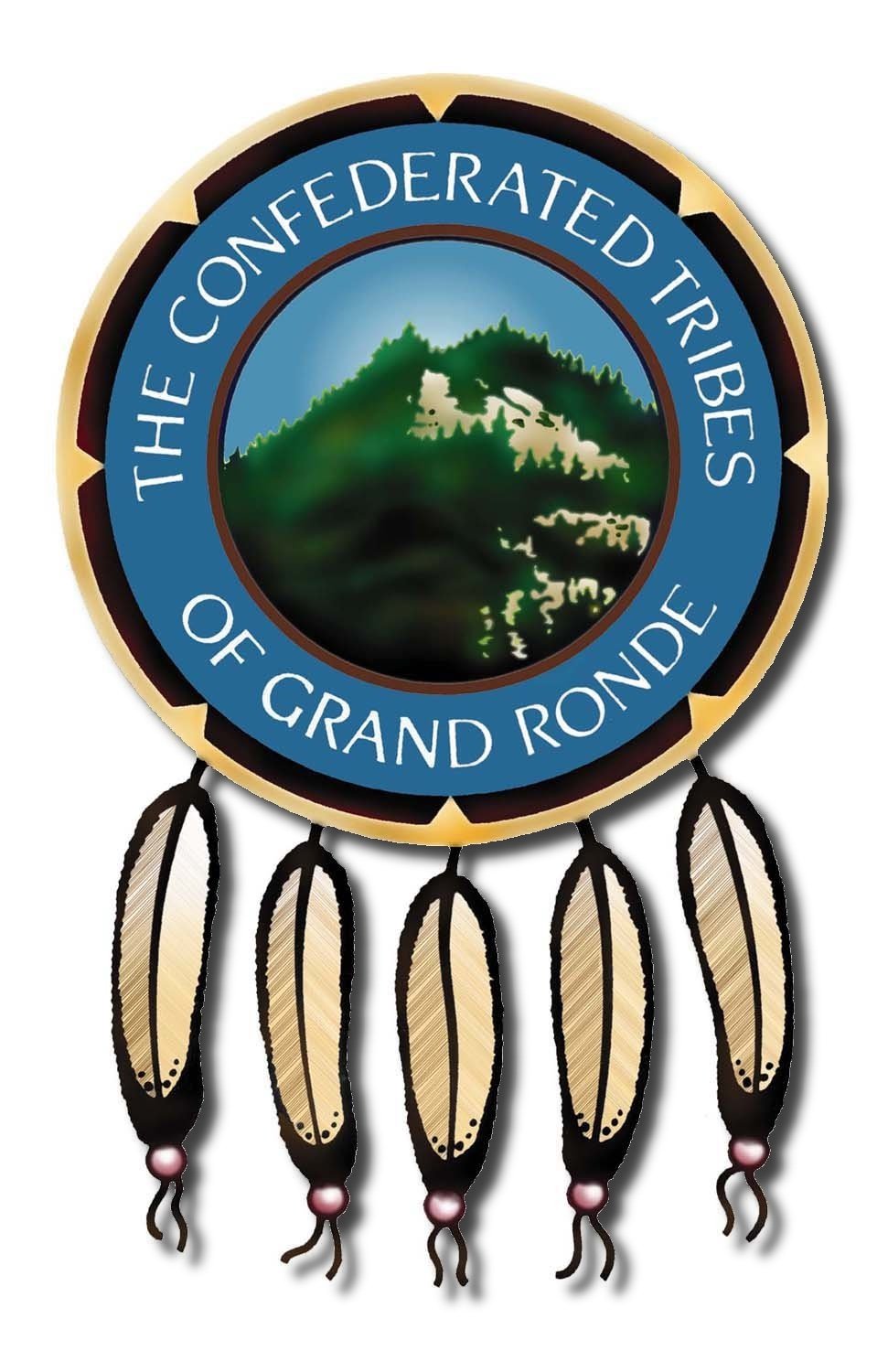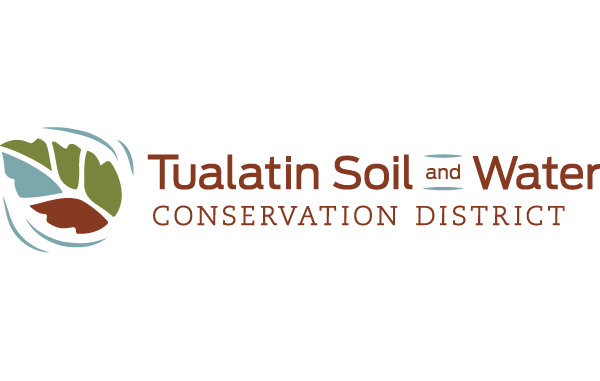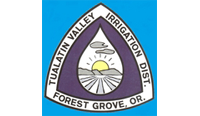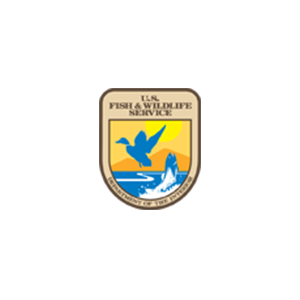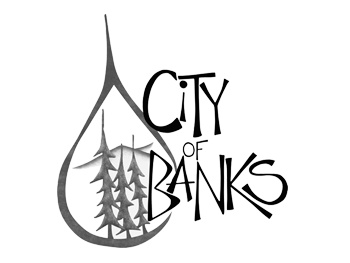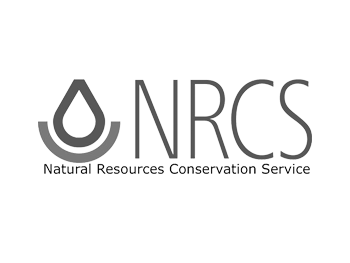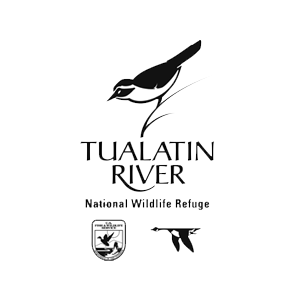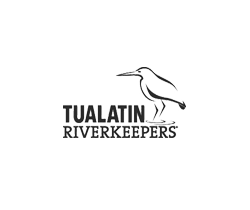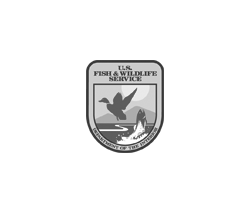Crafting a Powerful Plan to Protect Habitat and Water Quality
Wapato Lake National Wildlife Refuge (Wapato Lake NWR), located near the Tualatin River in Gaston, Oregon, is one of the nation’s newest refuges—and a site of critical importance to the health of water, wildlife and people across the Portland metro area.
Fed by seasonal floodwaters of the Tualatin River, Wapato Lake once abounded with its namesake plant (Sagittaria latifolia), an important tuber gathered here by Tualatin Kalapuya people. Villages surrounded the lake shore and filled the adjoining valleys. Tree for All's habitat management partners continue to restore wetland habitat in which wapato can continue to establish and thrive, including planting wapato tubers on the shoreline in partnership with The Confederated Tribes of Grand Ronde, a tribal confederation in part comprised of descendants of Tualatin Kalapuya people.
For almost a decade, Clean Water Services, the Tualatin Valley Irrigation District, the Joint Water Commission and the United States Geological Survey worked with the U.S. Fish and Wildlife Service (USFWS) to evaluate potential impacts of habitat management alternatives on wildlife populations at Wapato Lake as well as urban centers downstream.
Today, with a new water management infrastructure in place and a pedestrian bridge that connects the Refuge to downtown Gaston, Wapato Lake NWR offers visitors a chance to overlook vast wetlands, take in diverse habitats, and observe active wildlife. Its nearly 800 acres sit within a 5,000-acre network of nearly contiguous, publicly-owned natural areas, connecting vital wetlands, floodplains and waterways.
The Site
First planting: 2018
Size: 800 acres
Stream length: 26,764 feet
Plant communities: Emergent Marsh, Scrub Shrub
The Challenge
Historically, the Wapato lakebed filled and receded with the rise and fall of the Tualatin River. A pump system and earthen levees, designed to facilitate farming, were installed in the 1930s. Eighty years later, the economic and public health risks of this aging infrastructure had become evident.
In the summer of 2008, a break in the aging levees led to the release of stagnant, algae-laden water into the Tualatin River, which is the drinking water source for 400,000 residents. The releases affected not only drinking water treatment; they impacted major industrial users such as Intel and agricultural irrigators, as well as recreators, and fish and wildlife. Just two years later, the primary pumping facility for Wapato Lake failed. With emergency funding and borrowed portable diesel pumps, the partners averted further algal blooms.
Challenges at Wapato Lake involved not only aging infrastructure, but also the significant level of collaboration, funding and expertise required to transform this expansive and critical site into a haven for wildlife and an asset to surrounding communities.
The Transformation
A decade-long effort transformed the community’s capacity to address these challenges. Clean Water Services, the U.S. Fish and Wildlife Service and other partners forged a strong alliance to execute and sustain the effort.
Once sufficient resources had been marshaled, partners replaced the aging pump infrastructure. They’ve since taken many further steps toward ecological restoration. These actions will protect water quality; create diverse wetland and riparian wildlife habitat; provide wapato and other First Foods harvest opportunities; and safeguard the interests of downstream industrial, agricultural and recreational users for years to come.
In the rural reaches of the upper Tualatin River Valley, Wapato Lake NWR now anchors a vast network of publicly owned wetlands, floodplains, waterways and upland forest, stretching from the Coast Range to the City of Forest Grove. In the larger regional context, Wapato Lake represents a vital addition to the 25,000 acres across rural and urban Washington County already under management by this unique collaborative conservation effort.
A new 2-mile, out-and-back trail built on a levee surrounding the lakebed offers visitors an elevated and expansive sight of the wetlands while minimizing disturbance to wildlife. A variety of projects and programs provide volunteer opportunities of many kinds.
Ultimately, a restored Wapato Lake will create greater access to nature for the entire Portland region, providing an urban audience with unique opportunities to connect with fish and wildlife close to home.









